
Chemical vs Mineral Sunscreen - What is the Difference and Which One to Use
Sun protection is important no matter what time of year it is. But when the sun’s rays are strongest, you need to be extra careful about how you protect your skin. One way to do this is by using sunscreen. But not all sunscreen is created equal. There are two main types of sunscreen on the market today: chemical and mineral.
But which one is better? And what is the difference between them? In this blog post, we will discuss which is better mineral sunscreen or chemical sunscreen and help you decide which one is right for you!
Let's get started.
An Overview of Chemical Sunscreen
As the name suggests, chemical sunscreens work by creating a chemical reaction that helps to deflect and absorb the sun's rays. Common active ingredients in chemical sunscreens include oxybenzone, avobenzone, octisalate, octocrylene, homosalate, and octinoxate.
One of the benefits of chemical sunscreens is that they tend to be very lightweight and easily absorbed into the skin. They also don't usually leave behind a white cast like some mineral sunscreens.
Also read: Difference Between Chemical and Physical Sunscreen
An Overview of Mineral Sunscreen
Mineral sunscreen is a type of physical sunscreen that uses zinc oxide and titanium dioxide to protect the skin from the sun’s harmful ultraviolet (UV) rays. Physical sunscreens work by sitting on top of the skin and reflecting or scattering the UV rays away from the body. Mineral sunscreen are often preferred over chemical sunscreens because they provide a more natural form of sun protection and are less likely to cause irritation or skin problems.
Mineral Matte Tinted Sunscreen by Pink Foundry is one of the best mineral sunscreens on the market, providing broad-spectrum protection against both UVA and UVB rays. It is also paraben-free and dermatologist-tested.
Mineral Sunscreen vs Chemical Sunscreen
The main distinction between chemical vs mineral sunscreen is that while chemical sunscreens absorb UV rays like a sponge using additives like octisalate, octocrylene, oxybenzone, avobenzone, homosalate, or octinoxate, mineral sunscreens settle on the top of the skin but also block UV rays at the ground.
Mineral sunscreens are often well-suitable for anyone with delicate or acne-prone skin; however, the compositions also appear to be heavier (and they can leave a white cast well behind a profound complexion).
On the other hand, chemical sunscreens are often lighter, cleaner and more fun to use. But, those with sensitive skin / acne-prone skin should consult with their dermatologist before using chemical sunscreens.
How to know if it's Chemical or Mineral Sunscreen?
Chemical sunscreen is often more affordable and easier to find than mineral sunscreen. It also tends to be more water-resistant, making it a good choice for activities like swimming or sweating. However, chemical sunscreens can be irritating to the skin and may contain harmful ingredients like oxybenzone.
On the other hand, Mineral sunscreen is generally considered safer and more gentle on the skin. The best way to identify the mineral sunscreen is to look for the zinc oxide and titanium dioxide on the ingredient list. However, mineral sunscreens can be less effective than chemical sunscreens and may need to be reapplied more often.
Which is Better: Mineral Sunscreen or Chemical Sunscreen?
As it's a broad spectrum sunscreen with only an SPF of 35 or above, the sunscreen you'll put on your skin every day should be the one you should use. Additionally, even if it's foggy or chilly outside, you'll be careful to apply it liberally to your exposed parts whenever you plan to spend time in the sun.
Both mineral and chemical sunscreens offer good UV protection when used carefully; however, when choosing between the two, it's sometimes preferable to use a mineral-based SPF.
When you want to choose between the two types of sunscreens, chemical and mineral, you should know the difference between them. Chemical sunscreens work by absorbing the UV rays from the sun and turning them into heat. On the other hand, Mineral sunscreens sit on top of your skin and reflect the UV rays away from your body.
There are pros and cons to both chemical and mineral sunscreen. Some people prefer chemical sunscreens because they are typically lighter in texture and easier to apply. Others prefer mineral sunscreens because they provide a physical barrier between your skin and the sun’s rays.
|
Pros of Chemical Sunscreen |
Pros of Mineral Sunscreen |
|
· It is often more affordable than mineral sunscreen · It is typically easier to apply than mineral sunscreen. · It often provides a higher SPF than mineral sunscreen |
· It is less likely to irritate the skin · It is better for the environment · It is not absorbed into the body |
The Bottom Line
Chemical sunscreens are effective at absorbing and reflecting the sun’s rays but can also be harsh on the skin. Mineral sunscreens work by sitting on top of the skin and deflecting the sun’s rays. Both types of sunscreens are effective, but mineral sunscreens are often gentler on the skin. We hope you've understood the difference between mineral sunscreen and chemical sunscreen.
Pink Foundry's Mineral Matte Tinted Sunscreen Broad Spectrum is an excellent option for those looking for a gentle mineral sunscreen. It consists of Dimethicone, Decamethylcyclopentasiloxane (D5), Plankton Extract, Cyclopentasiloxane, Polyricinoleate and other ingredients which are chemical-free, non comedogenic, and oil-free. This sunscreen is also water-resistant for up to 80 minutes!






















































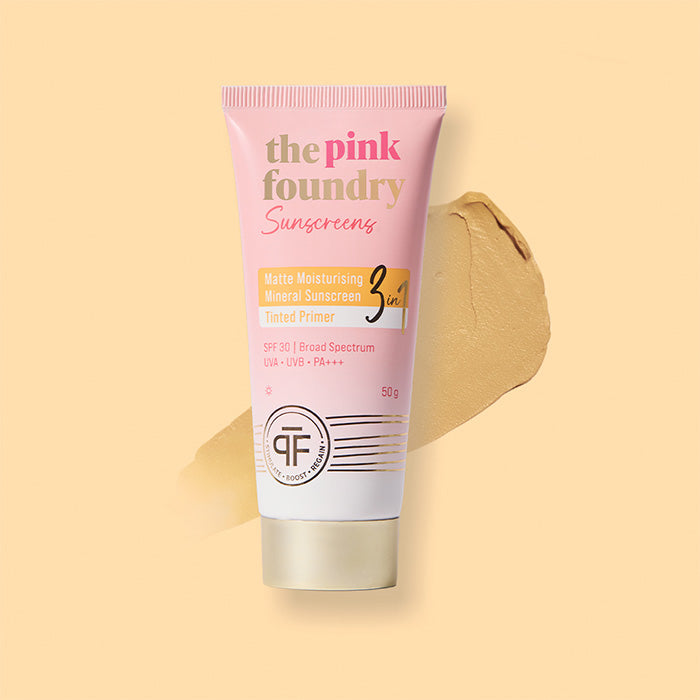
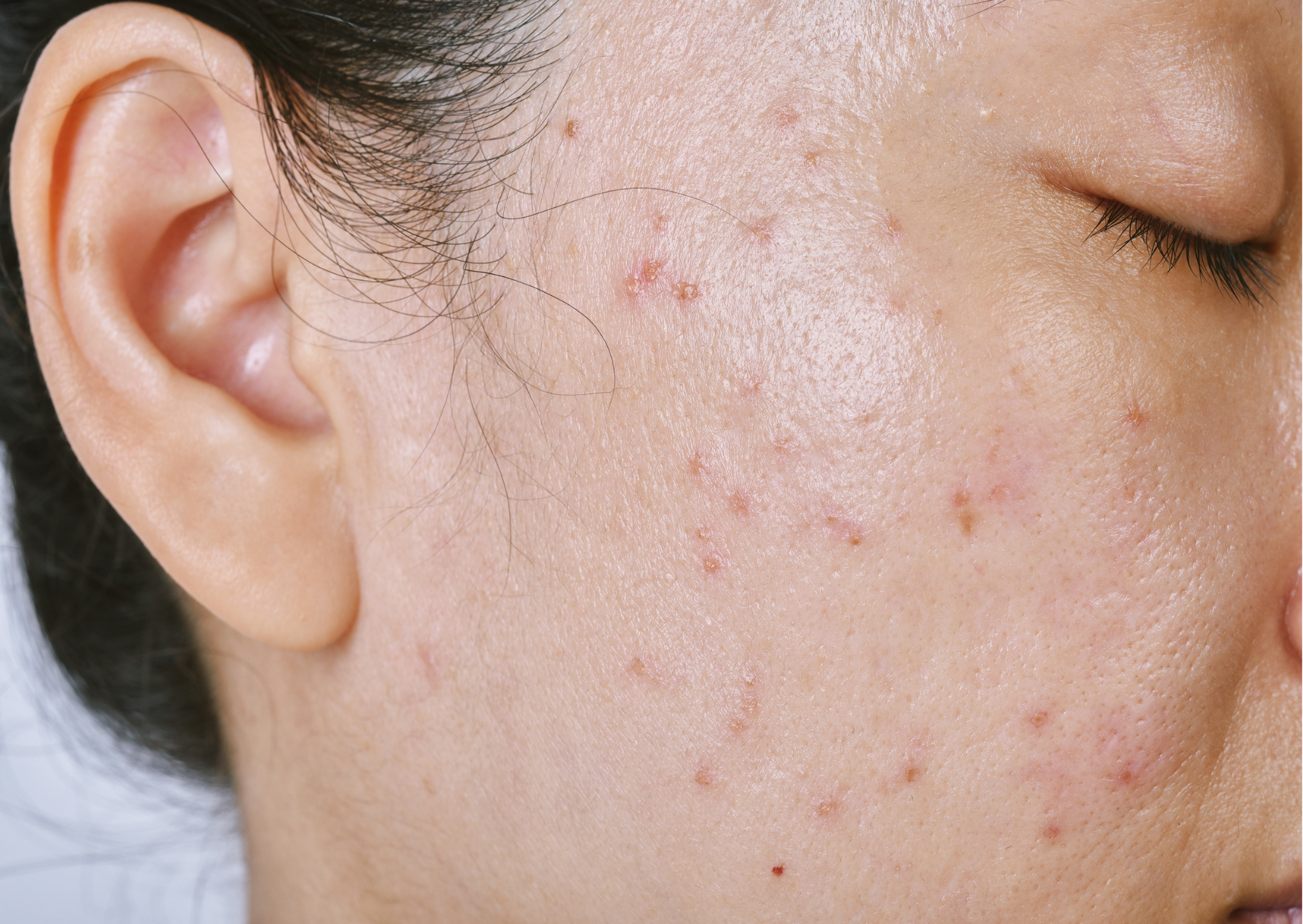
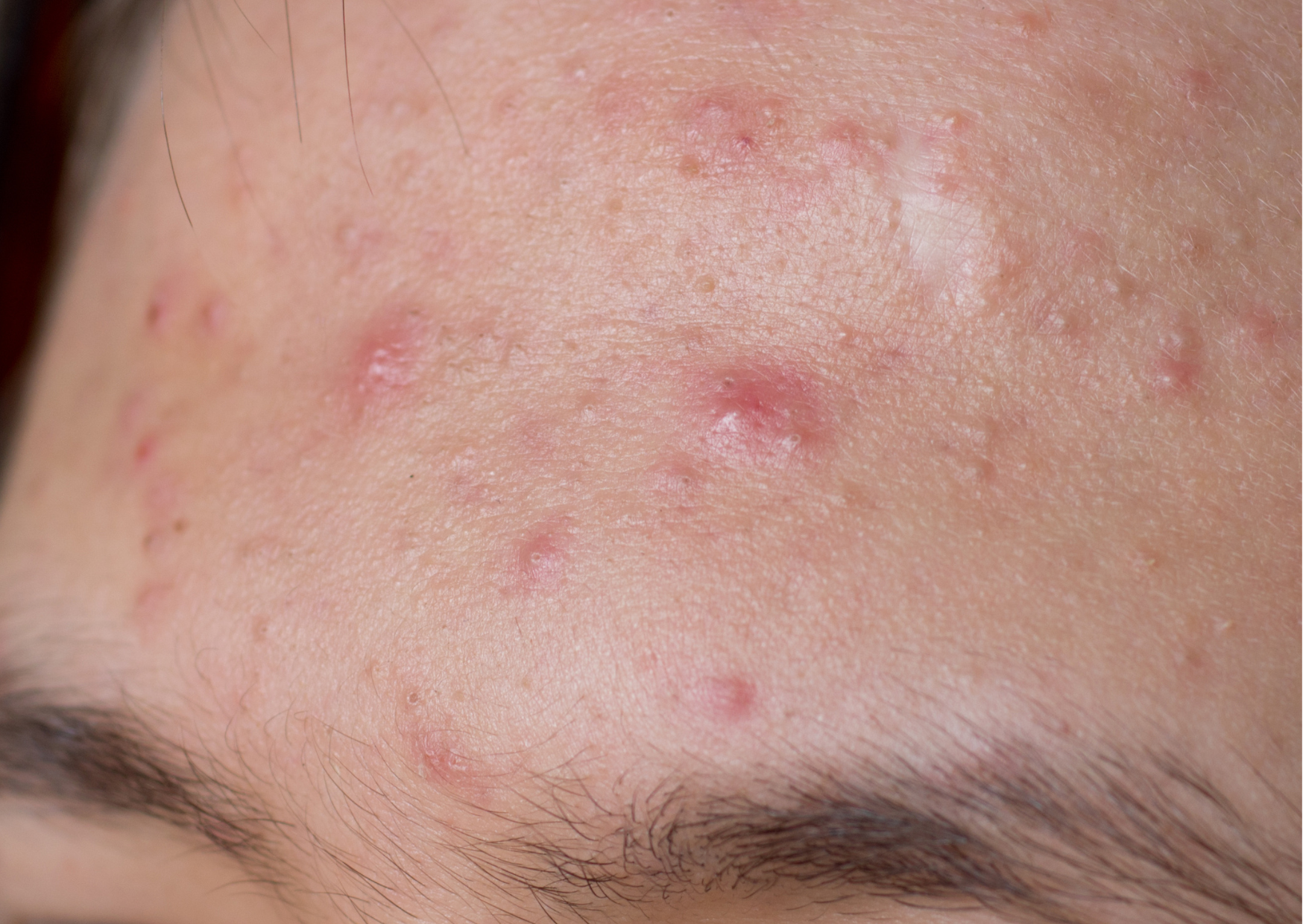
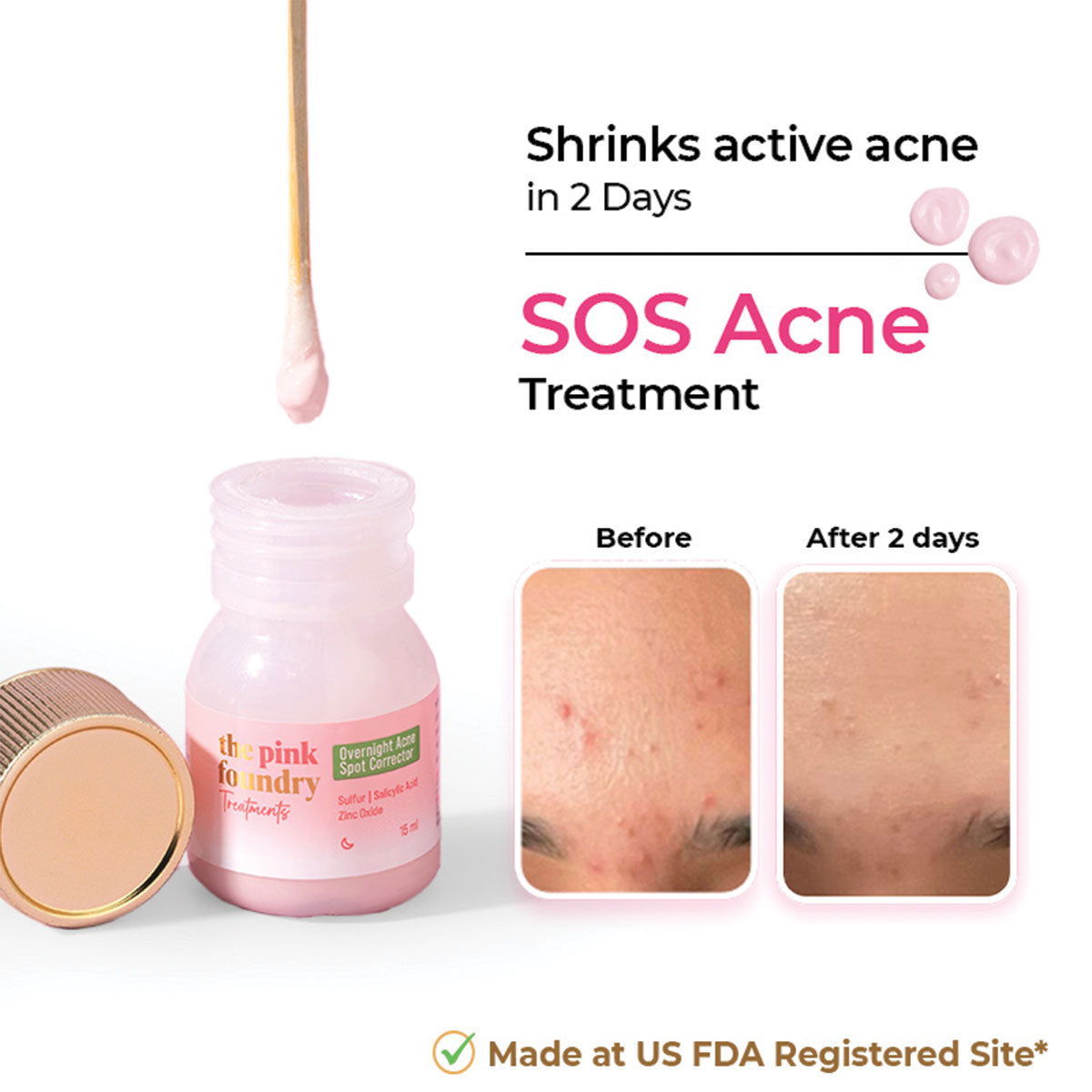
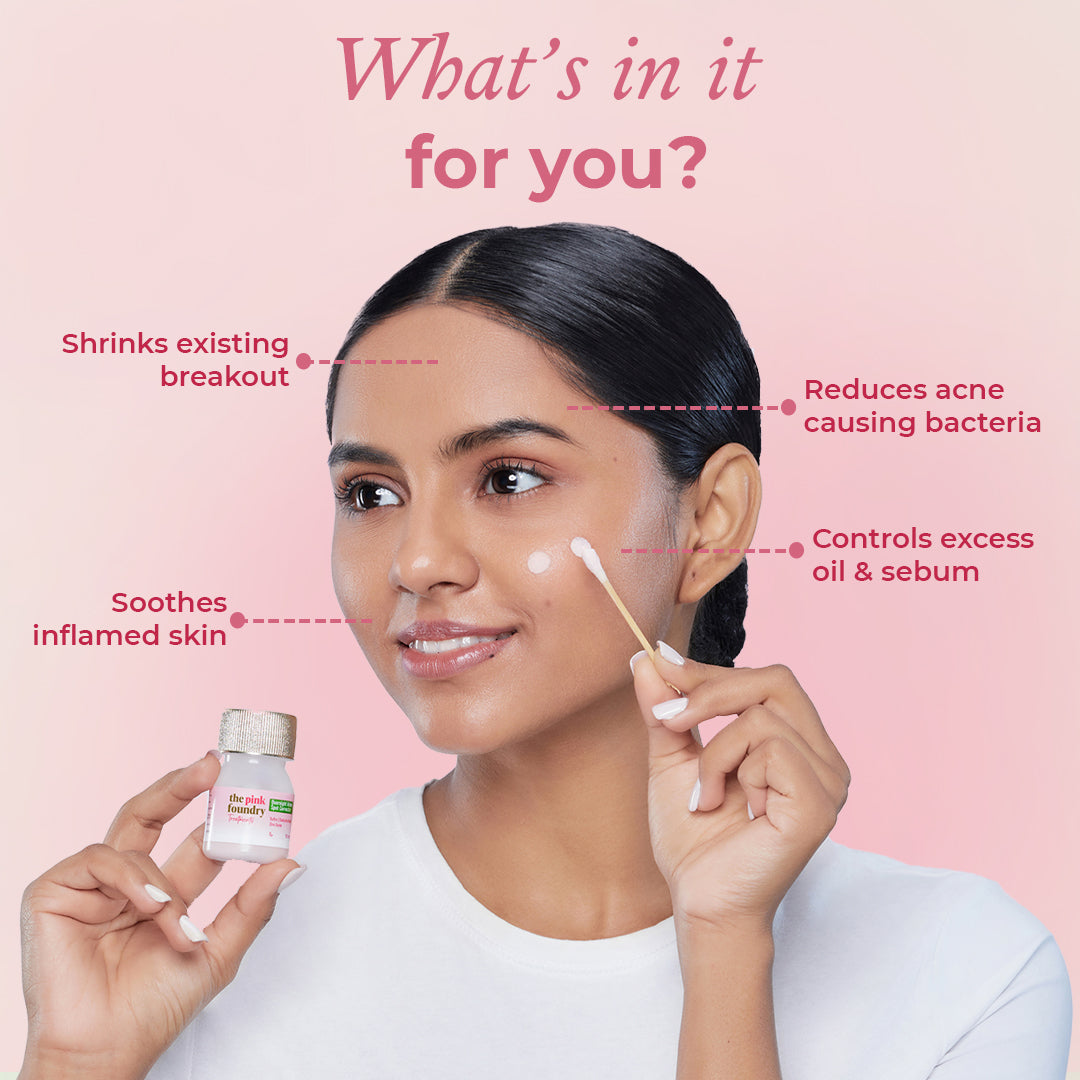
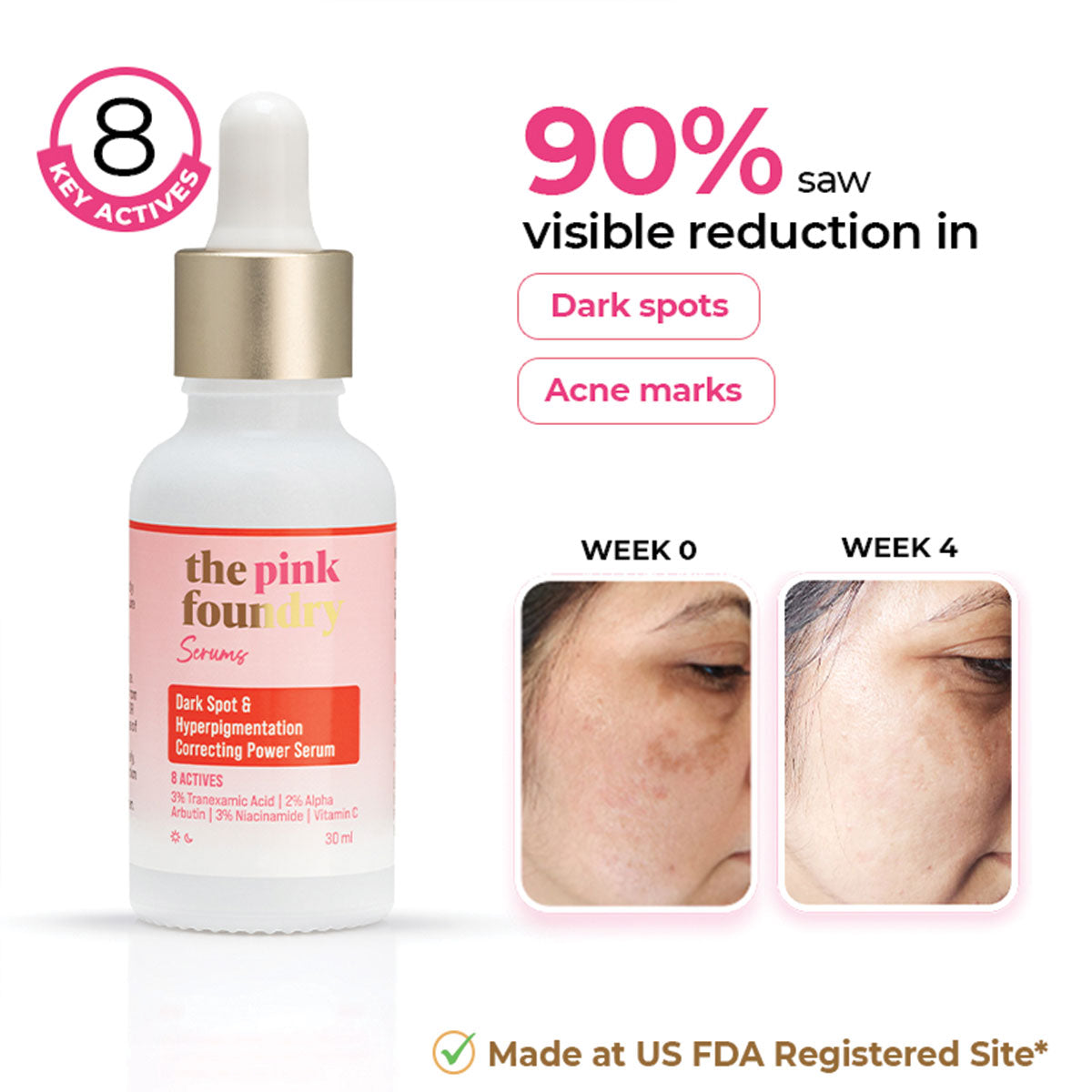
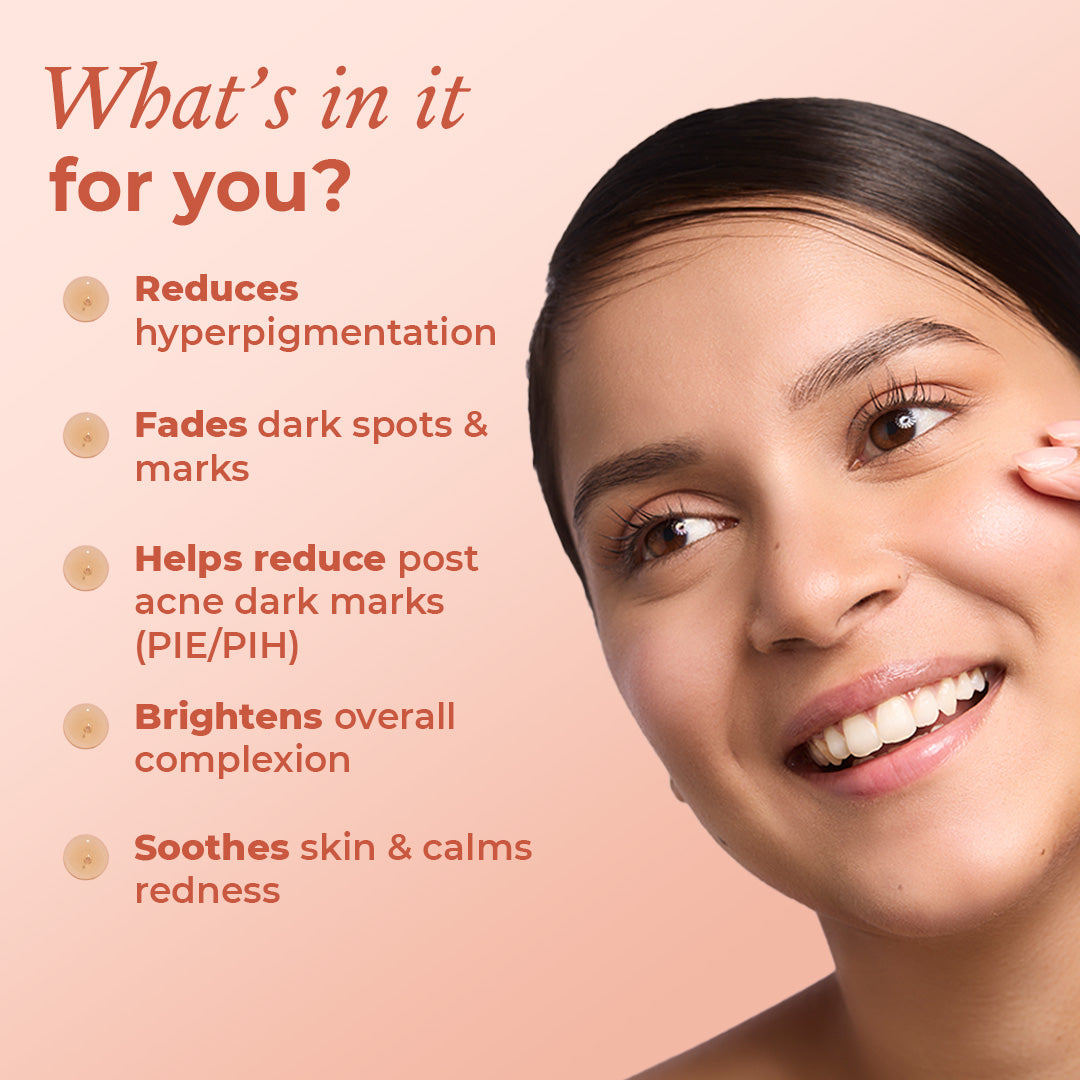
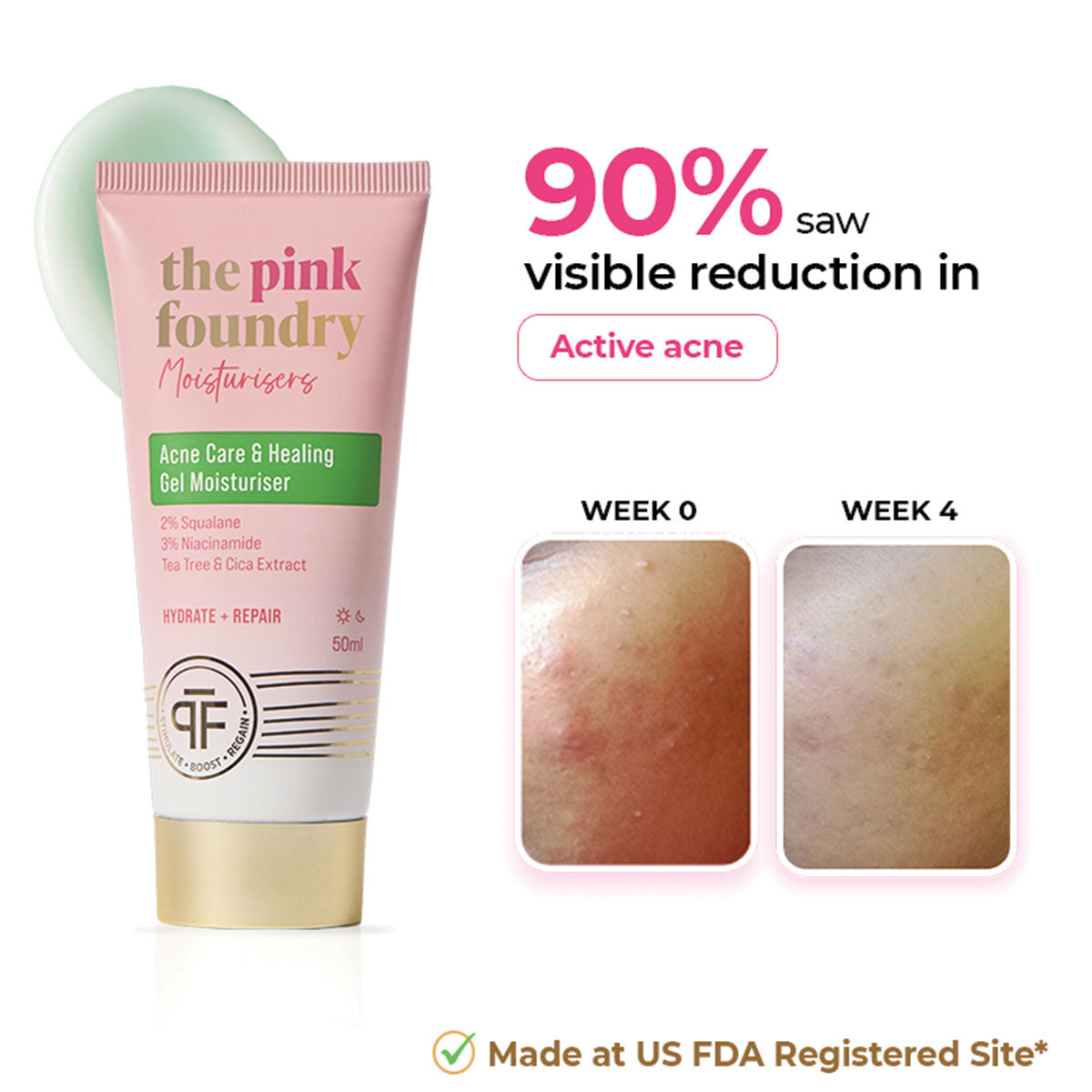
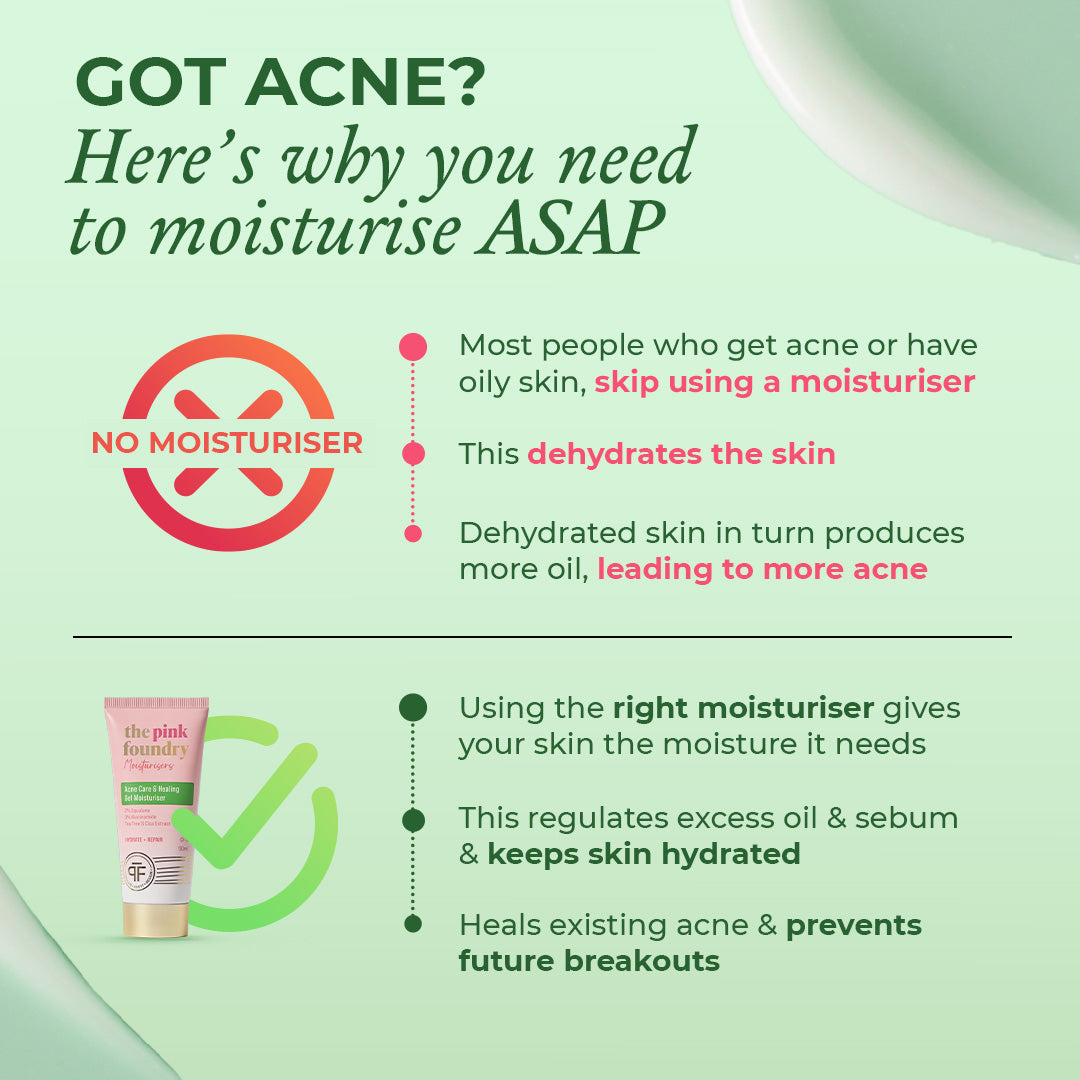
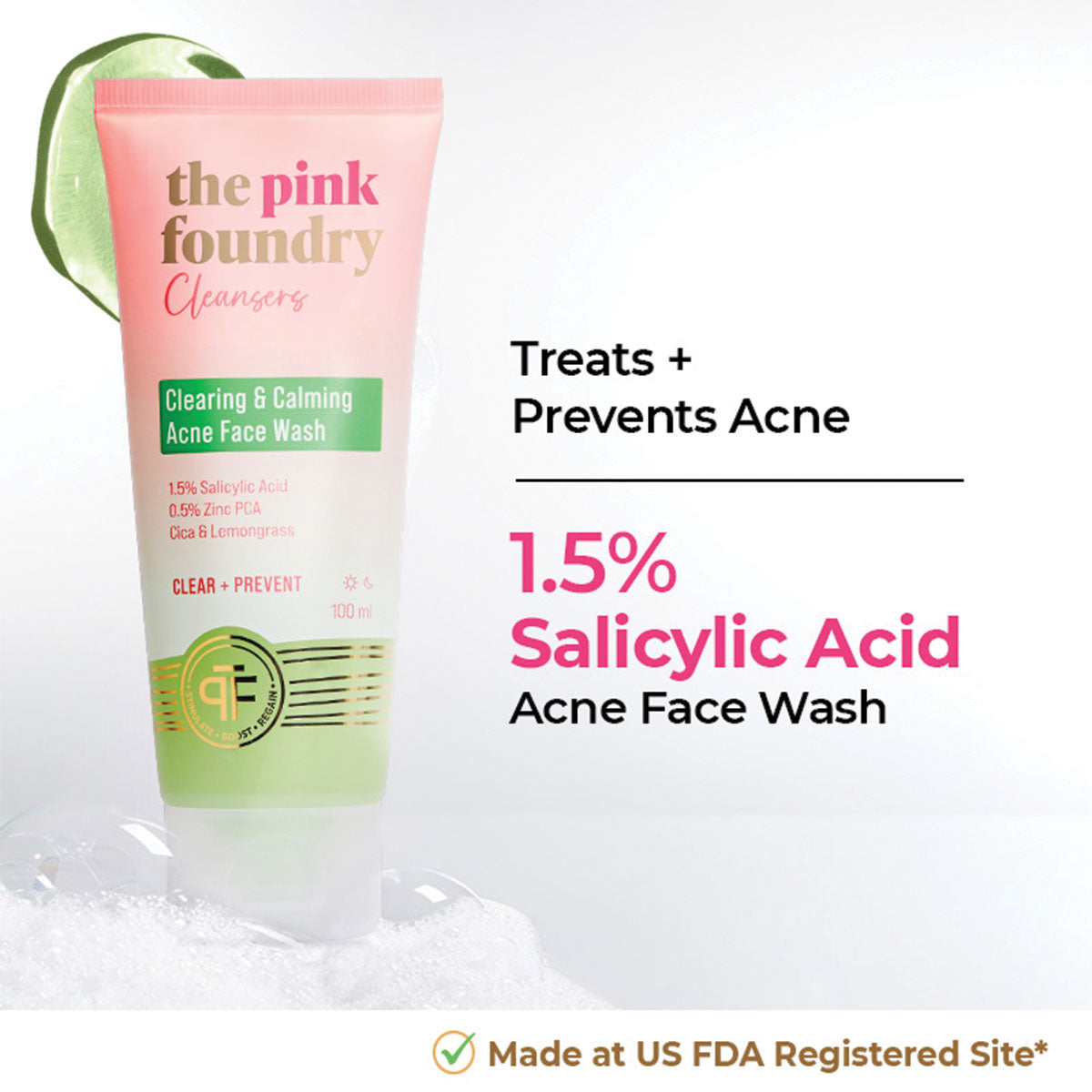
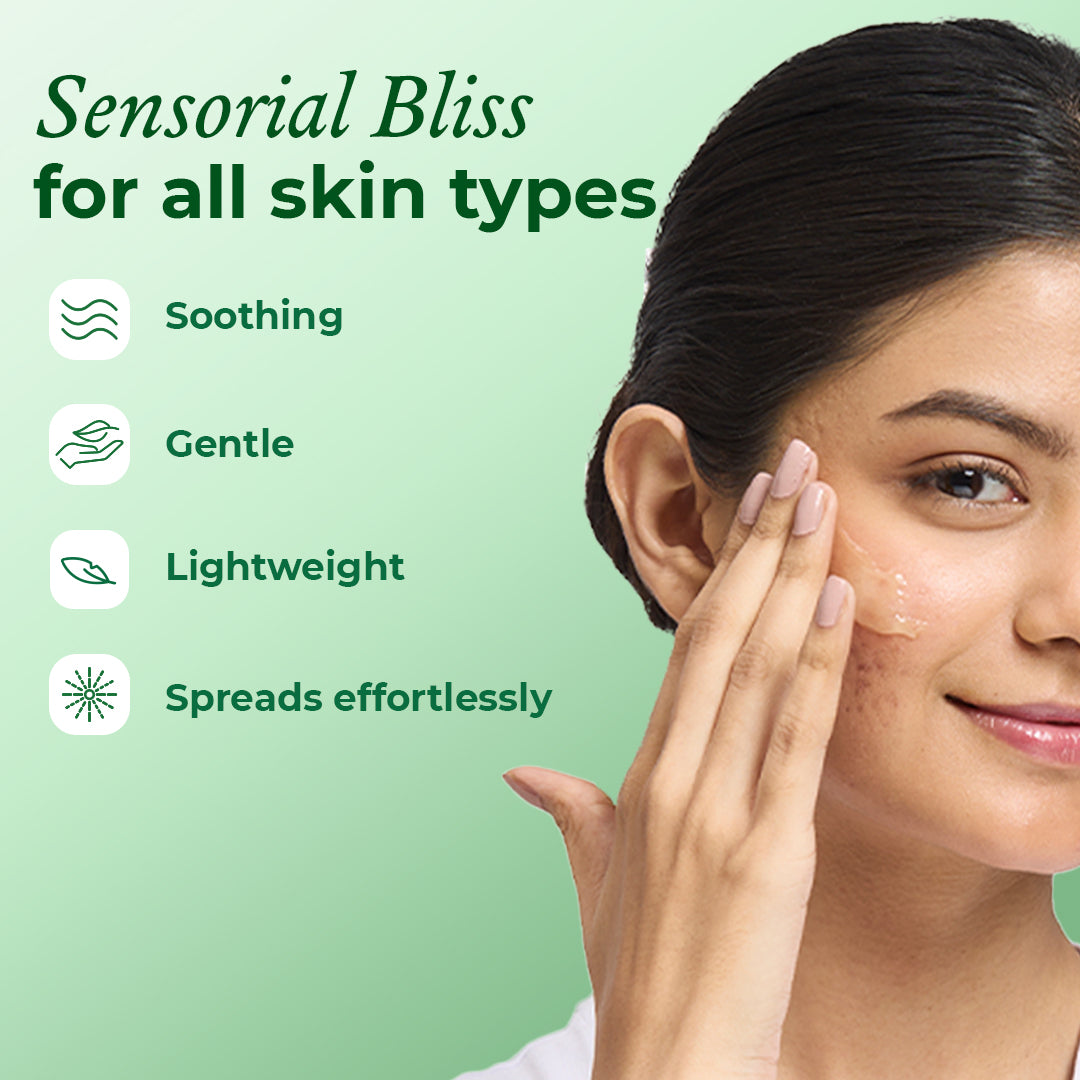
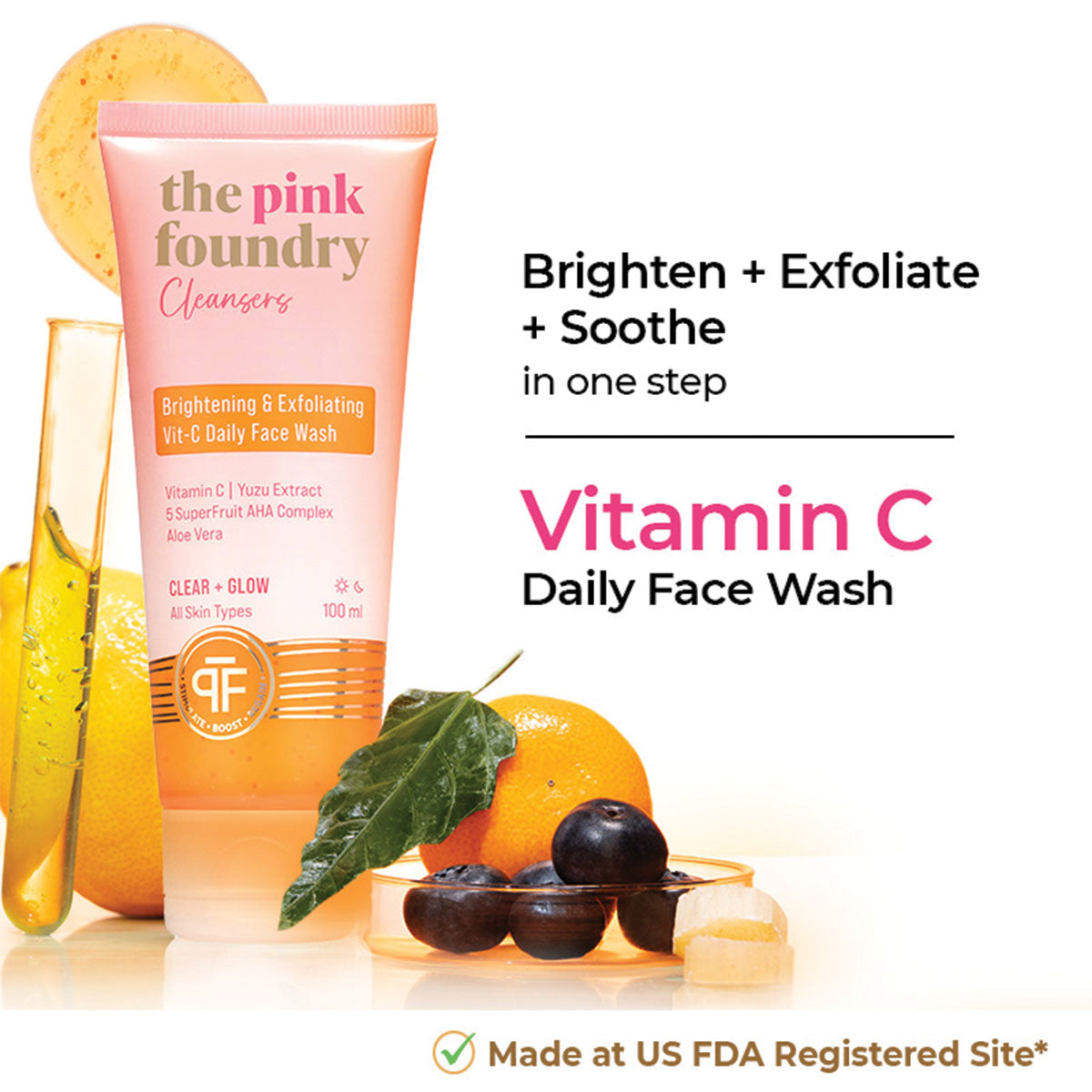
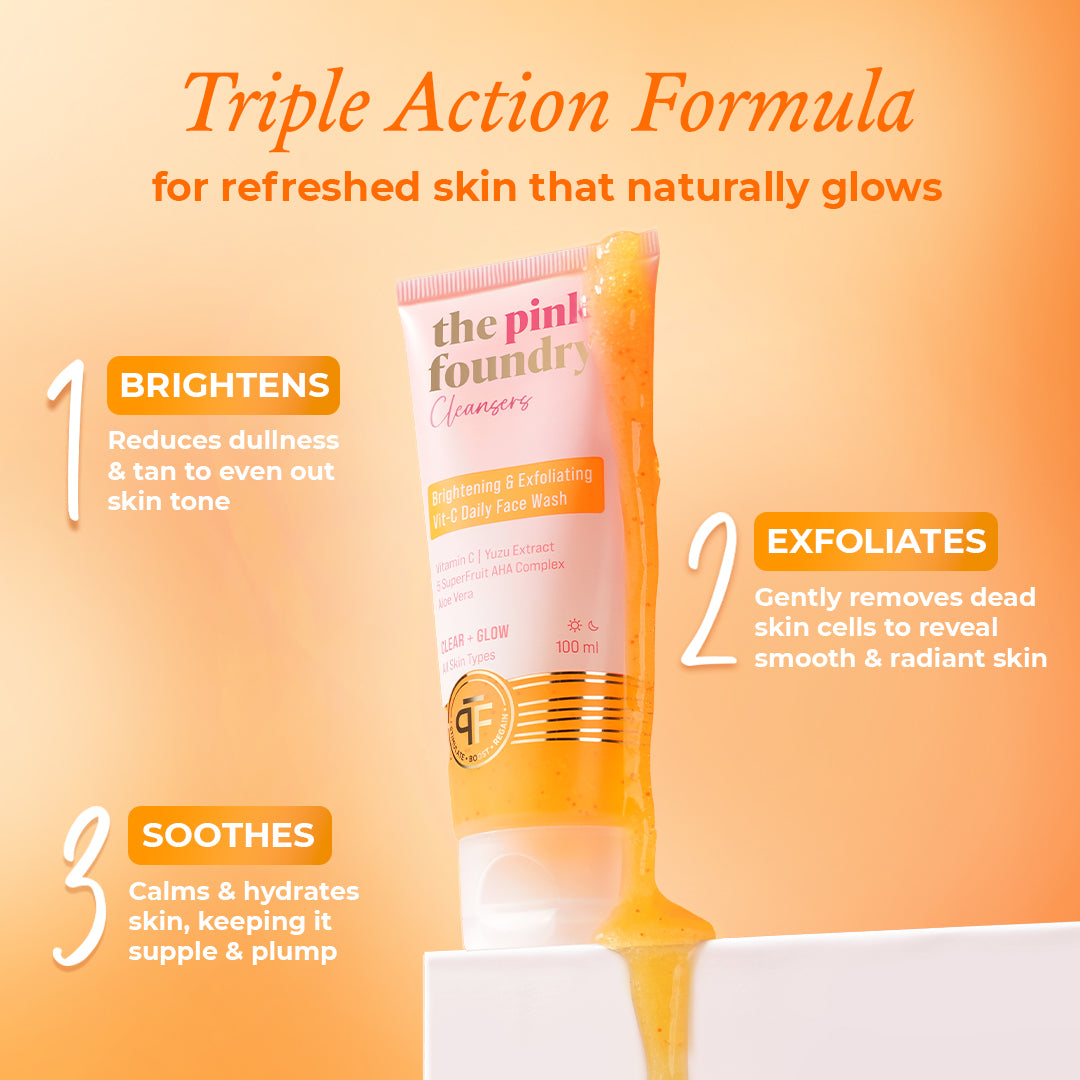

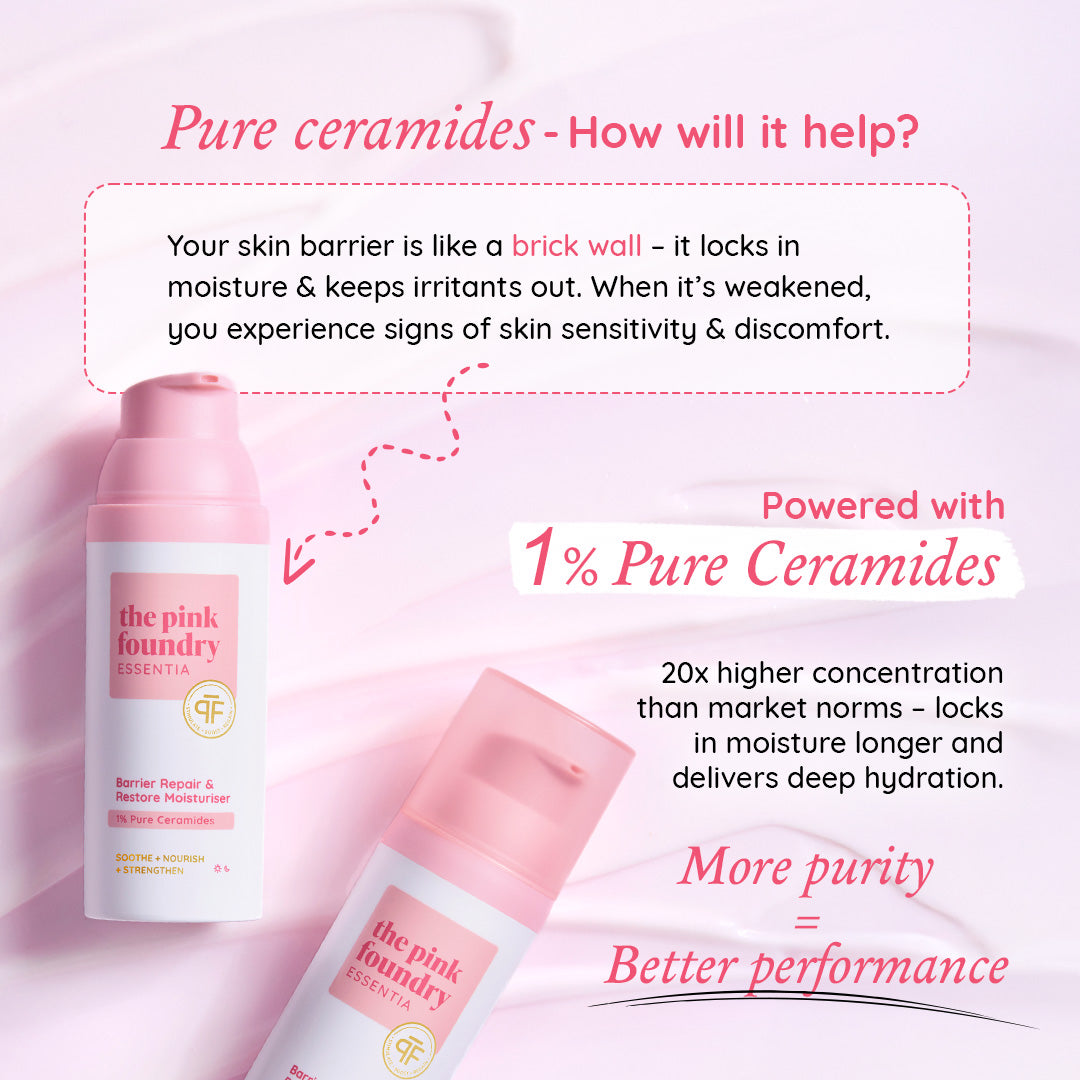




Leave a comment
This site is protected by hCaptcha and the hCaptcha Privacy Policy and Terms of Service apply.